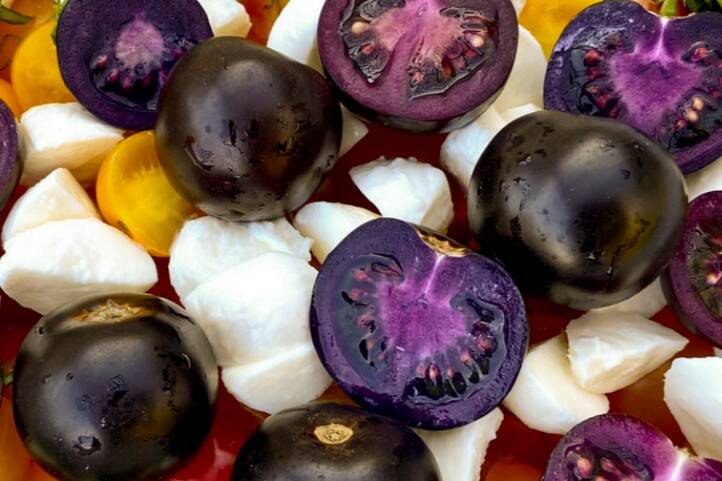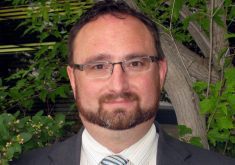It is planning season, a time of blitz and clutter.
But we at the Wegner house still find time to meet with fellow producers to learn what is new and exciting in agriculture on and off the farm.
I have spent a lot of time this winter reading and listening to presentations, trying to get a handle on carbon markets and understand what a carbon footprint is, and more so, what is net zero by 2050. Here are a few of my takeaways.:
- All life on Earth is carbon based.
- There is no new carbon on the planet. There’s no more or less than there was 100,000 years ago; it is in different forms and locations.
- We have changed (carbon) forms and locations over the last 1,000 years and yes, we can change it back to a stable form. It may take 1,000 years to do it, but it can be done.
- In spring 2020, as COVID shut the world down, the Northern Hemisphere, where the majority of the world’s plants were rapidly growing, was pulling carbon dioxide from the air and putting carbon into the plant and soils.
- The CO2 level has been monitored on top of a mountain in Hawaii for the last 60 years and the level has been steadily rising. Looking back over the COVID shut down, there was no difference.
- It has been said that methane is more damaging than CO2 but there has been little work done on how much methane is broken down by metatrope bacteria in the soil.
Our federal government has called for proposals around carbon storage, including the storage capacity of carbonate reservoirs, with the aim of opening new potential storage sites in Canada.
Read Also

Introducing the purple tomato
Health Canada has approved bioengineered The Purple Tomato (TM), maybe leading to new culinary uses and health benefits?
This will require large storage capacity as CO2 is a bulky gas. These systems have potential to cost billions of dollars to build and operate the CO2 capture system on an ongoing basis.
If only this process could be done cheaper and with less infrastructure.
Plant growth will do that as part of its life cycle, and with deep roots, the carbon is stored in a stable form. As a bonus, we have oxygen to survive.
A few weeks ago, I joined a Zoom call, organized by the Manitoba Forage and Grassland Association, with a Saskatchewan-based beef producer who for the last five years has recorded benchmarks of his soil. The producer has been doing planned grazing of pastures over the time period and has increased the soil organic matter from 2.5 per cent to 5.5 per cent. That is an amazing result.
The farmer then calculated the amount of carbon he has captured in the soil, giving him a carbon negative footprint. That’s not only on his property but also for the feed yard to feed and fatten the calf crop. It includes processing the fats and all the trucking, including to the retailer.
All in all, it was a great call to open my mind as to what can be done with a few basic numbers, key soil health practices and a calculator. The carbon built has added resilience to his ranch. For every unit of carbon he has in the soil, he now has storage for seven units of water and four units of nutrients stored for crop production.
He has a natural buffer for drought, wind and floods by having healthy soil and healthy roots in the soil that provide structure and water infiltration abilities. The ranch production has also gone up via days grazed and harvested animal units per acre.
I have seen the same increase in soil organic matter on our farm, but I have taken longer to get there, about 15 years. I felt I had not been as good of a manager as the speaker was.
When I talked to another producer, he laughed at me when I explained that I was not as productive as I thought I had been. My colleague kindly pointed out that I am working with very poor soil and we have done great with what we started with.
Sometimes we need to be less self-absorbed and need to stand back and look at our little piece of Earth. We can live a life where we do everything in a positive light and make a difference at home.
If we do not share what we have learned and share experiences with family, friends and other producers, have we really made a difference?
– Larry Wegner is MFGA’s producer relations lead. He farms near Virden, Man. This is a condensed version of a blog posting from MFGA’s website.















